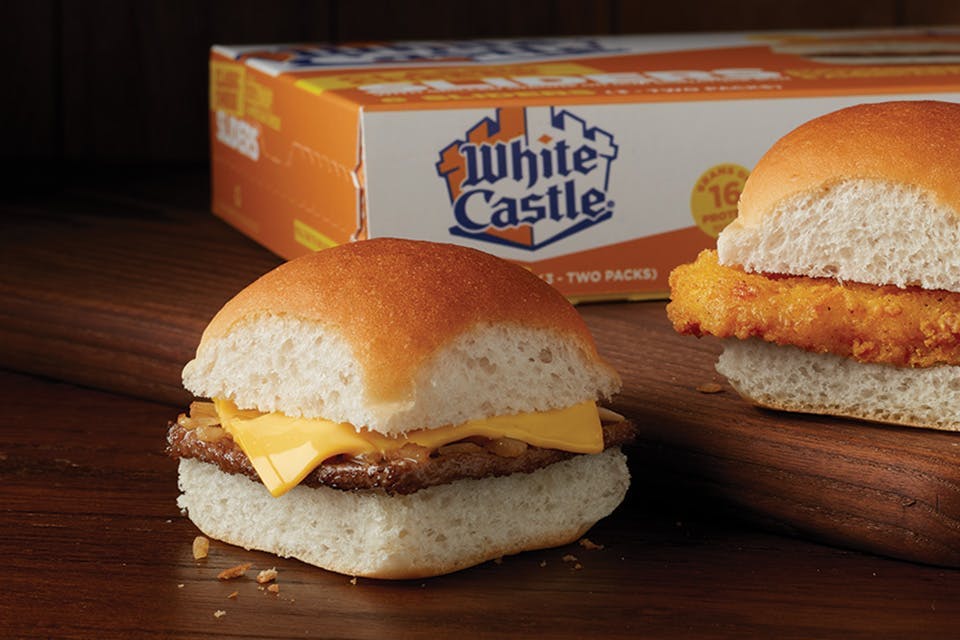Food + Drink
How White Castle Created the Fast-Food World
It began in Kansas, but found its home in Columbus. Billy Ingram’s company shaped the fast-food experience as we know it and created a burger that is still beloved.
Related Articles

Columbus’ Flour Modern Pasta Bar Puts a Global Twist on Italian Cuisine
Chef Yash Kishinchand’s newest restaurant merges handmade pastas with inventive ingredients and international flair. READ MORE >>

Christina Musgrave Brings Joy to Everyday Cooking Through Her Debut Cookbook, ‘Tasting Every Day’
The northeast Ohio native and creator of the Tasting With Tina food blog turns her love of family meals into recipes that celebrate connection, comfort and creativity. READ MORE >>

Sip Magazine | A Guide to Ohio Wines
If you want to discover new Ohio wineries and go behind the bottle with state winemakers, Sip Magazine, created in partnership with the Ohio Grape Industries Committee, is for you. READ MORE >>



